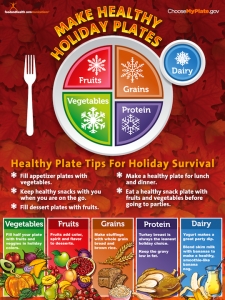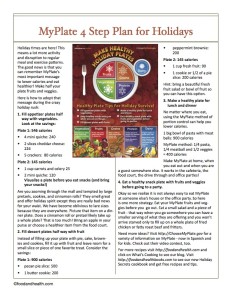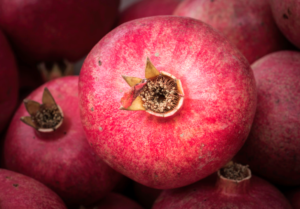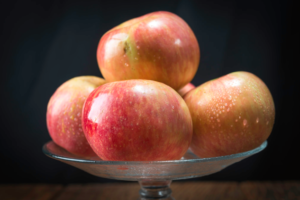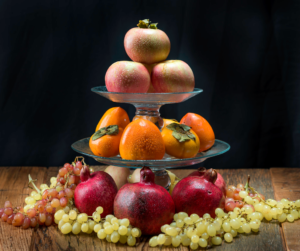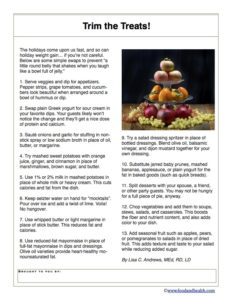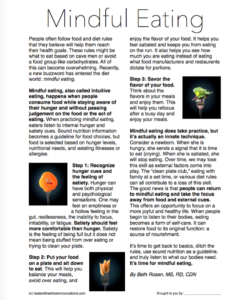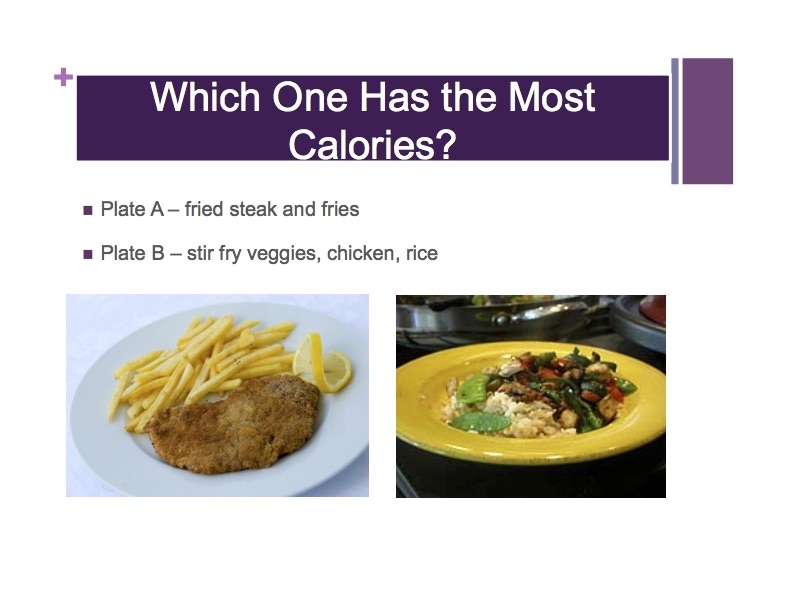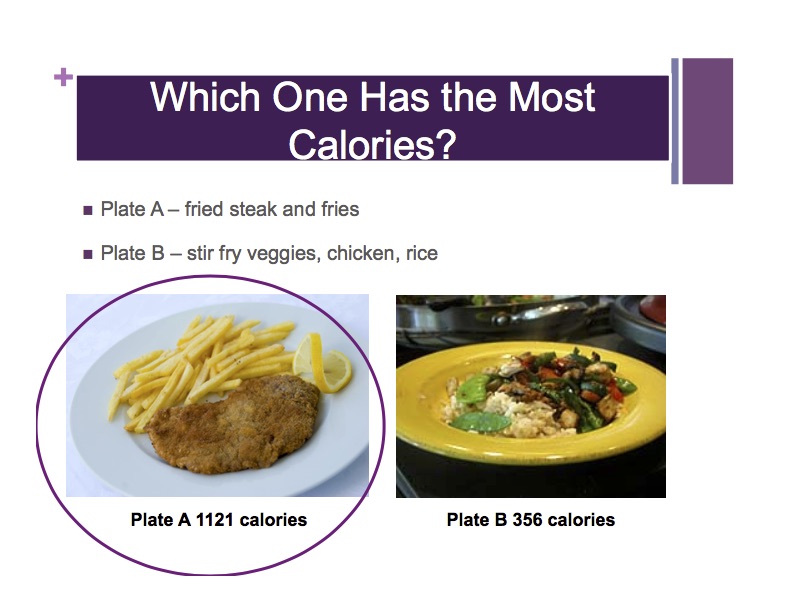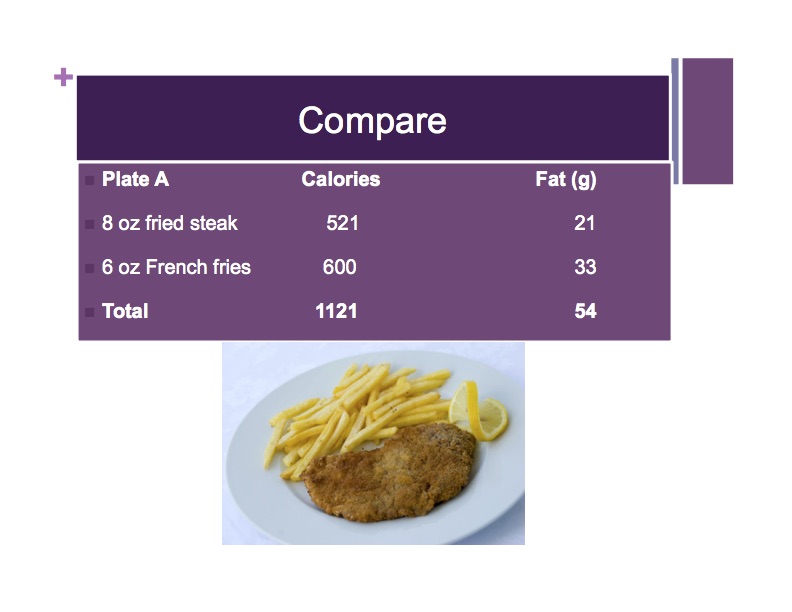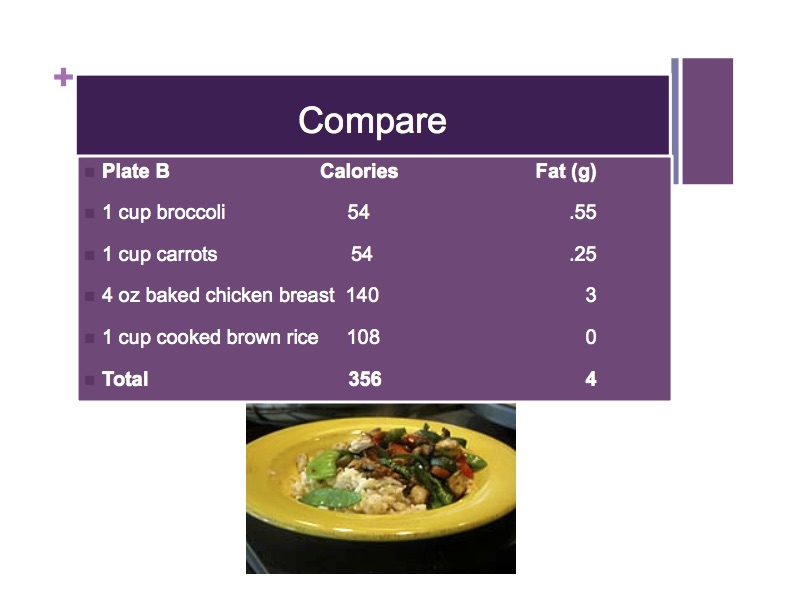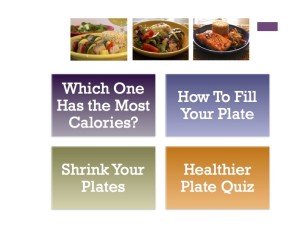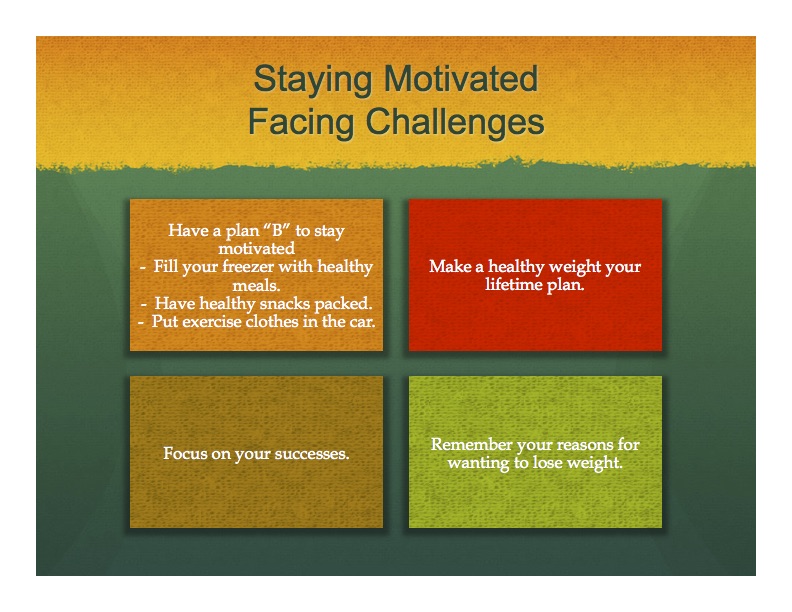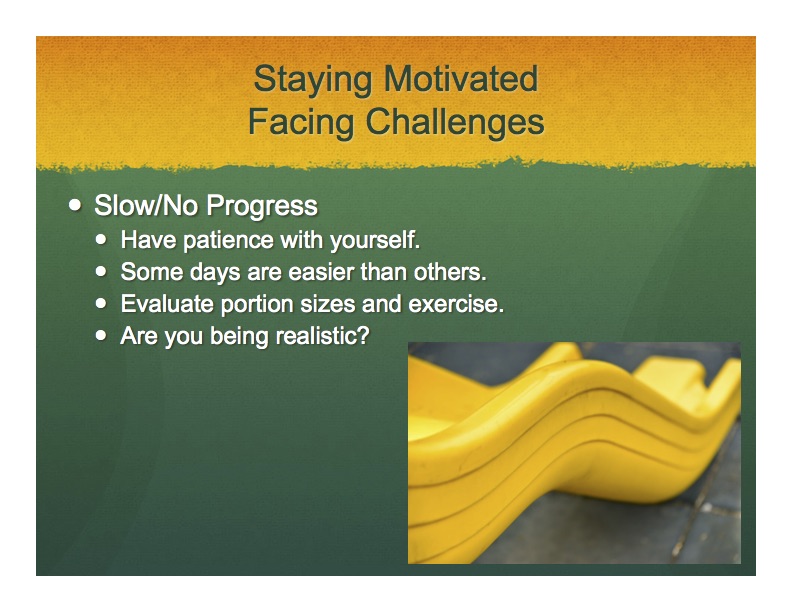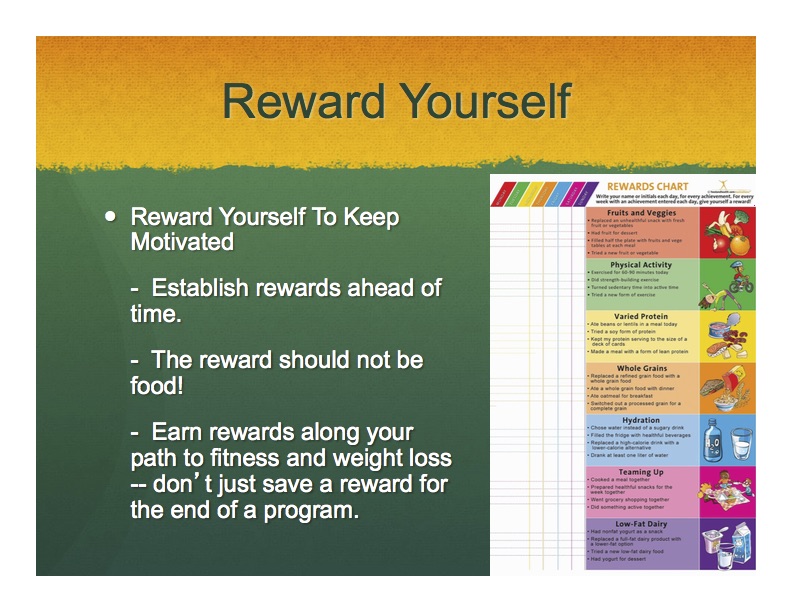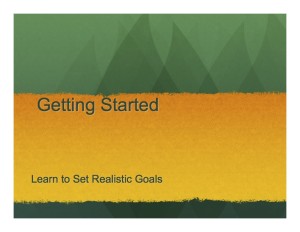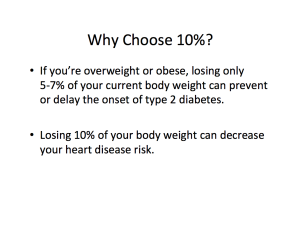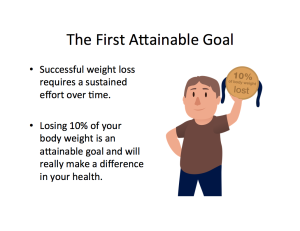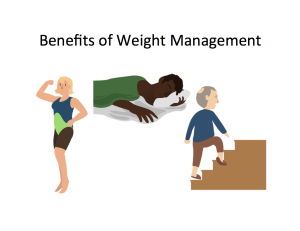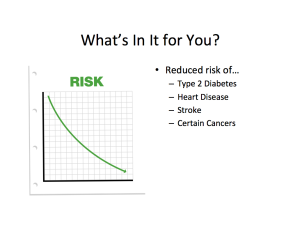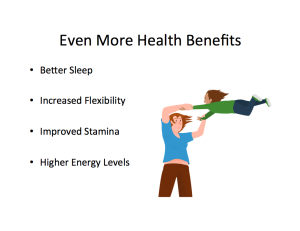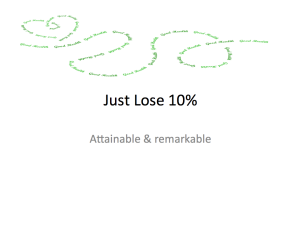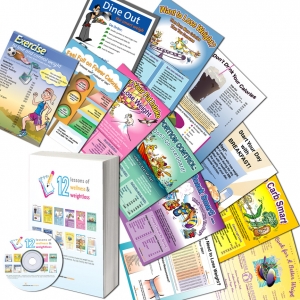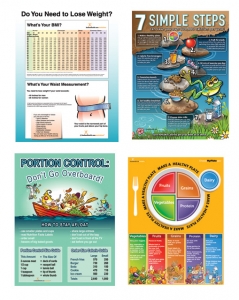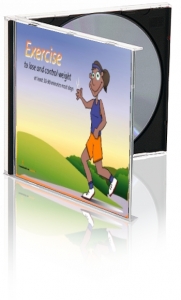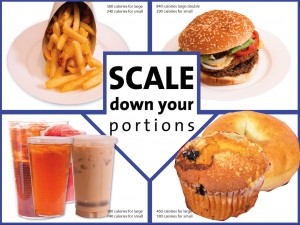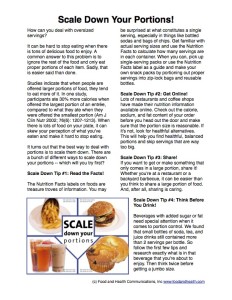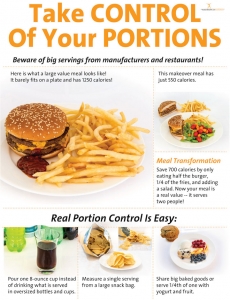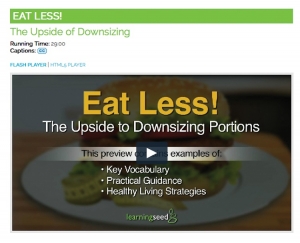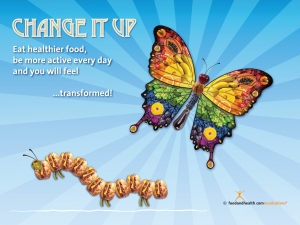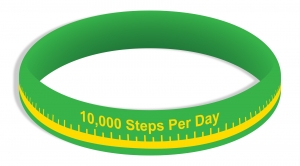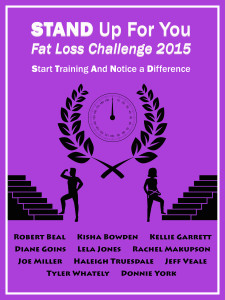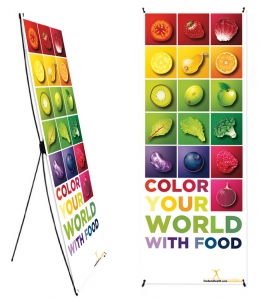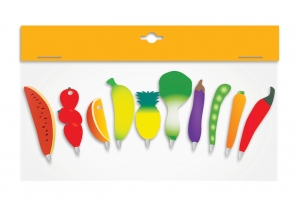
Most people eat until they feel satisfied or full, and this is why portion control alone will not work for weight loss. To lose weight without chronic hunger, you need to choose the right foods — the ones that are low in calorie density. The illustration above shows 400 calories of 3 different foods: oil, protein and vegetables. 1 cup of broccoli is about 53 calories so you would need to eat 8 cups to get 400 calories. You would only need about 1/4 cup of olive oil for 400 calories. And 1.3 cups of chopped chicken would equal about 400 calories.
What is “calorie density”?
Calorie density is defined as the concentration of calories in a given weight of food. Comparing calories per pound, ounce, or gram provides a useful way to compare foods for weight loss purposes.
Why is calorie density important?
Foods with a high calorie density provide MORE calories than foods with a low calorie density. For example, your favorite chocolate candy bar is far more calorie dense than a low-fat green leafy salad.
Let’s take a look at that in more depth. Two ounces of chocolate contains 240 calories. To eat the same amount of calories in lettuce, you would have to eat 3.2 pounds of lettuce! Of course you can probably fit in a little chocolate into your eating plan, but if all of the foods you eat are that calorie-dense you will be starving yourself to keep the portions very small so that you don’t consume too many calories. And we all know where that leads us — to diet failure and weight regain.
How does calorie density aid weight loss?
A Penn State study (Am J Clin Nutr 69:863-871) looked at how lean and obese women ate. Study subjects ate all their meals in a testing laboratory for 4-day periods. They were required to eat the entire portion of the main dish at each meal (and this main dish varied in calorie density). Otherwise, they could eat whatever they wanted during meals and snacks. When the calorie density of the main dish was lower, the women ate fewer calories over the day. Their calorie intake decreased by 16 percent, yet they felt just as full.
Okay, so how do I choose foods that are low in calorie density?
We don’t want to bore you with huge lists and charts of foods. Just remember that the best foods are fruits, vegetables, cooked grains (especially cooked whole grains) and low-fat dairy products (without sugar). Water- and fiber-rich foods are the best choices for weight control.
Very low-calorie-dense foods have 0 to 0.5 calories per gram. These include non-starchy vegetables, many fruits, skim milk, and light nonfat yogurt.
Low-calorie-dense foods have 0.6 to 1.4 calories per gram. These include starchy vegetables, cooked grains (barley, rice, pasta), canned beans, canned fruit, skinless turkey breast, low-fat fish, and shrimp.
Medium-calorie-dense foods have 1.5 to 3.9 calories per gram. These include chicken breast, whole-wheat bread, apple pie, bagels, lean ground beef, and dried fruit.
High-calorie-dense foods have 4.0 to 9.0 calories per gram. These include baked and regular chips, croissants, cookies, French fries, pretzels, oils, margarine, cake, and many other high-fat/high-sugar foods. Most people are surprised to find that many fat-free snacks and cookies fall in this category too.
Compare a few popular foods by calories per gram to understand how fat and fiber have an impact on the calorie density of foods:
- A skinless, roasted chicken breast provides fewer calories by weight than lean ground beef because it is lower in fat.
- An apple has 0.6 calories and apple pie has 2.4 calories per gram. The addition of fat, white flour, and sugar increases calorie density. This comparison helps you realize that it is better to choose whole foods versus refined foods.
Get a fun portion control science project here!
There are more portion control resources:



